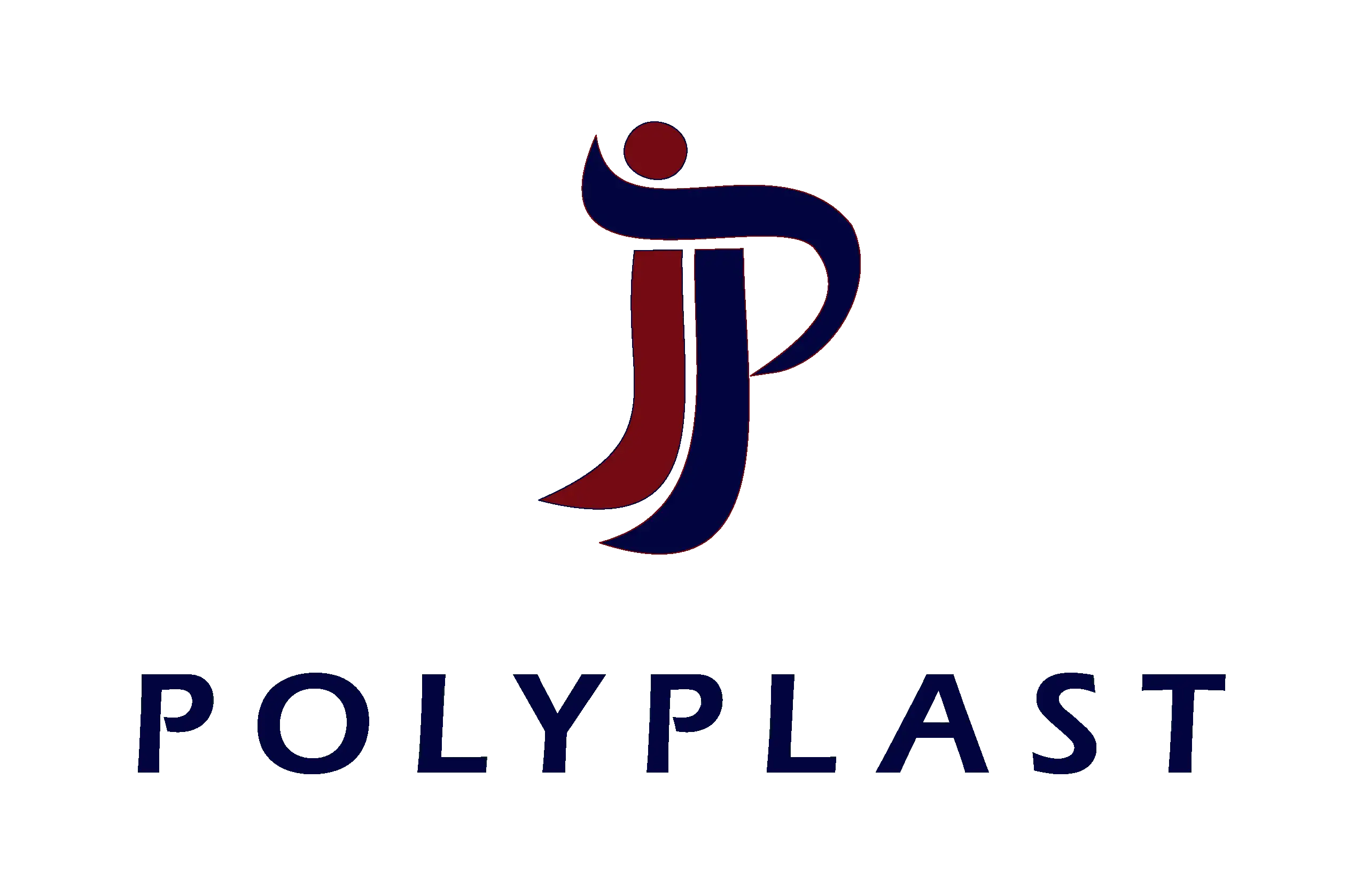The owner’s equity account is a reflection of the owner’s investment in the business, as well as accumulated profits and losses. An owner’s draw will reduce the equity balance, as it represents a withdrawal of assets from the business for personal use. Your specific owners draw vs salary business structure, whether it’s a sole proprietorship, a partnership, LLC, an S-corp or a C-corp, dictates whether you can take a salary and/or an owner’s draw. An accountant can walk you through the requirements and tax advantages of your business structure.
Equity Accounts Tracking

Of course, it fluctuates as your net profits ebb and flow each month. However, it is important to understand the difference between an owner’s draw and salary when it comes to paying yourself. In this guide, we’ll discuss how each payment type works and the advantages and disadvantages that come with them. Knowing exactly what’s involved will help make sure you have secure financial footing both now and down the road.
What Is the Difference Between an Owner Draw vs. Distribution?
- Depending on the structure of your business, taking a salary may result in more taxes being withheld at the source, whereas taking an owner’s draw may require you to pay estimated taxes.
- This may include details on how often draws can be made, the maximum amount that can be withdrawn, and any other conditions specific to the business.
- Choosing the right provider, one that supplies expert support, will be key in assisting with any tax confusion or compliance issues.
- Keep in mind, however, that taking too much from the business can cause cash flow problems in the future.
- You won’t report any draws on your income tax return, so paying yourself through the owner’s draw method doesn’t impact your taxes.
Patty could withdraw profits generated by her business or take out funds that she previously contributed to her company. She may also take out a combination of profits and capital she previously contributed. Susan Guillory is an intuitive business coach and content magic maker.

Are owner’s draws taxable?

Overall, the decision to take an owner’s draw versus a salary depends on the specific circumstances of the business and the preferences of the owner. It’s essential to consult with a financial professional to determine the https://www.bookstime.com/ best course of action for your situation. This content is for information purposes only and should not be considered legal, accounting or tax advice, or a substitute for obtaining such advice specific to your business.
- You’ll also have to set some money aside to pay taxes at the end of the financial year, as they aren’t deducted from an owner’s draw.
- In the case of sole proprietorships, LLCs, and partnerships, the owners are considered self-employed and must pay self-employment taxes on net earnings.
- Owners can even give themselves a raise as their companies grow and award themselves with quarterly or annual bonuses.
- They can help you securely plan for your future each year, even if the business is in the red.
- By specifying these terms, owners can avoid potential disputes and ensure that each partner or member is treated equitably.
- An owner’s draw (also referred to as owner’s drawings) is a withdrawal of funds from the business by the owner for personal use.
Risks of taking large draws

But how do you know which one (or both) is an option for your business? No, the owner’s draw is not an expense on either your income statement or your tax return. Expenses are the costs a business incurs to operate, like rent and office supplies. Owner’s equity refers to what you’ve invested in the company, whether that’s your own personal money or your time. When you take a draw, you essentially are lowering the amount of owner’s equity.
- Payroll software can help you distribute salaries to S corp owners and employees.
- In this guide, we’ll compare the owner’s draw versus salary methods to help you understand the best way to pay yourself as a business owner.
- An owner’s draw may have different tax implications compared to payroll.
- While you’ll still be paying these taxes as the business owner, the advantage of being a salaried employee is that you won’t have to worry about calculating and paying the taxes at tax time.
- It also outlines the percentage of profits that each member will receive and the timeline for distributing these earnings.
- Owners can also opt to take a regular salary instead of or in addition to an owners draw, and each method comes with certain tax implications for both the owner and the business.
- You can take a distribution from your owner’s equity, based on your percent ownership in the company.
- Patty owns her catering business and is also a partner in Alpine Wines, a wine and liquor distributor.
- For this, you would first have to look into the net income of your business.
- So, to determine how much to pay yourself, you also need to go through your P&L and determine the profits your business is generating.
- We understand business formation legalities in addition to taxation and concerns in your industry.
- You’ll also have a better understanding of how much compensation you’re realistically able to take out of your business.
